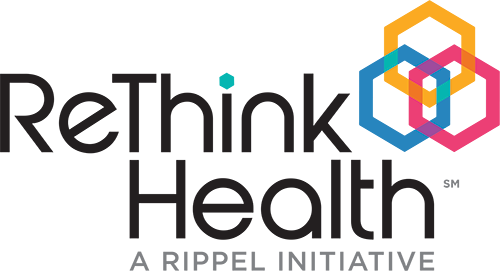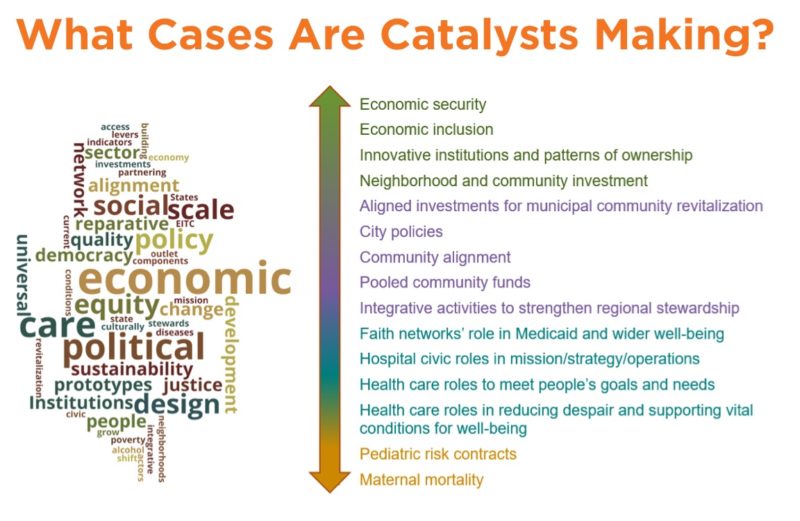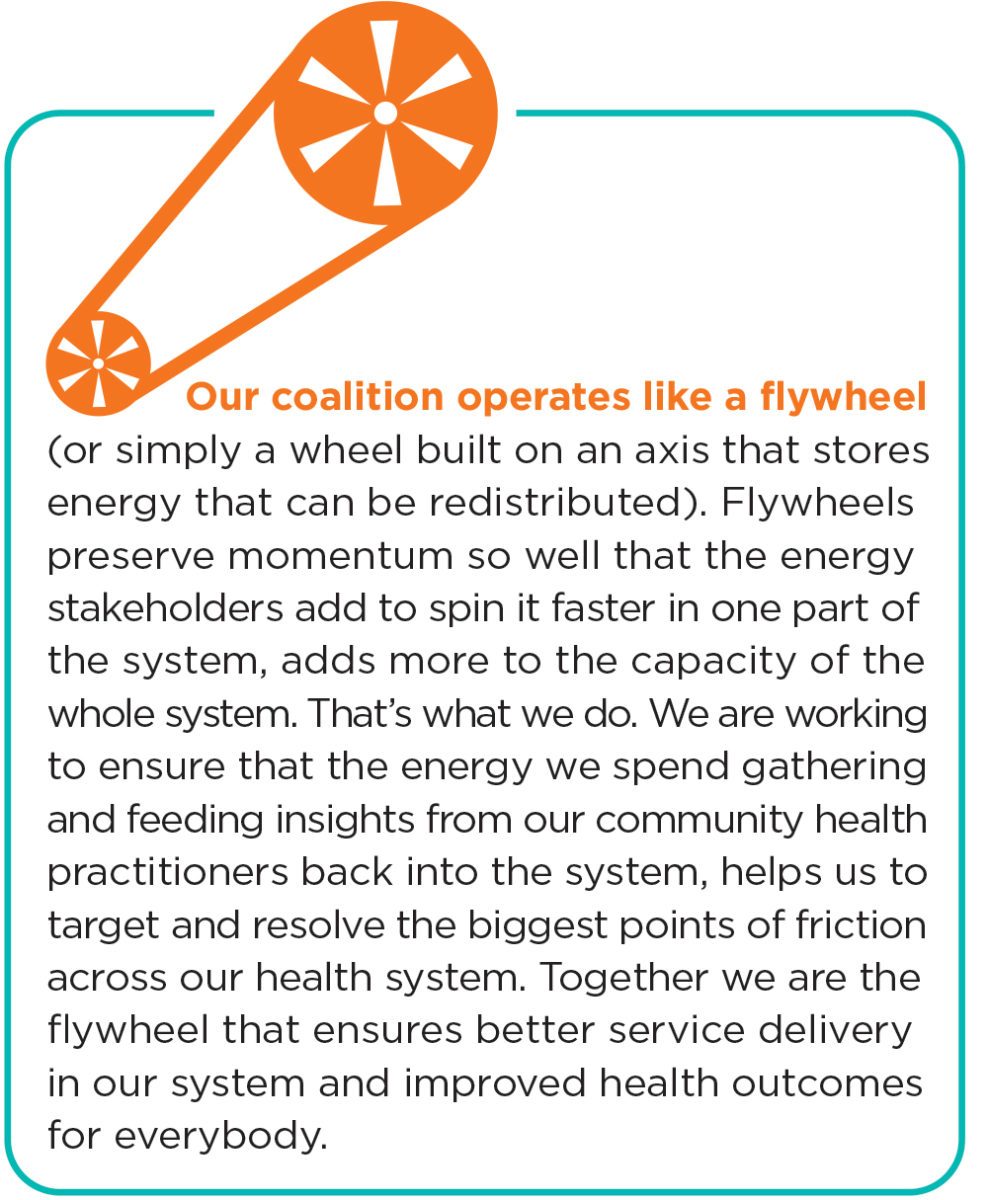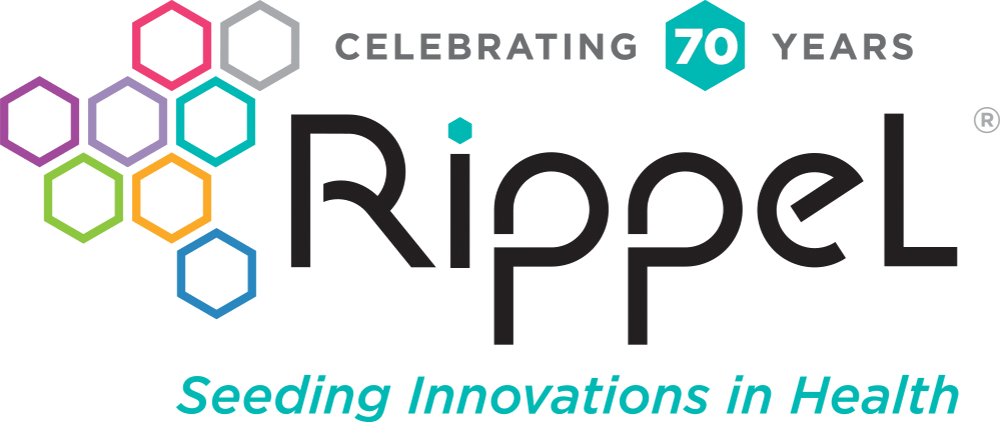4. Set Expectations for Everyone to Thrive, No Exceptions: There was universal agreement that Catalysts need more effective ways to convey concerns about equity in our casemaking. Painting a realistic vision of what equity looks like, and being explicit about how we will measure our pathway to get there, is one of the things that can help bring people along. When people can see that we are focused on results and that we are evaluating our success based on equitable outcomes, they are more likely to take calls for system change seriously and lean in for the work that it takes to assure equitable progress.
Application: One Catalyst team focused on making the case for legislation to advance regional health hubs. They also made a strategic commitment to insist that the hubs be judged using clear metrics focused on better and more equitable outcomes. They decided to ditch a familiar script about soaring medical costs and unfair treatment and instead use a unifying story about the untapped potential for all people to be healthier when organizations work better together. Their messaging was rooted in advancing equity, emphasizing that regional health hubs meet the needs of those who are struggling while also delivering wide-scale benefits to everybody across the state.
5. Tell a New Story: Storytelling is powerful. People listen differently and more openly when others tell stories. We recall information more readily when our learning comes from stories. To help Catalysts find new ways of telling stories, we shared examples of social changemakers who had successfully turned traditional storytelling on its head. For example, we reviewed a sarcastic ad campaign that portrays nature and outdoor living as a prescription drug, a subversive effort to protect a local library by calling for folks to burn books, and a thought exercise asking what would happen if restaurants functioned like a health care bureaucracy. While not all catalysts will create ad campaigns or videos as part of their casemaking, they now know more about how to craft a compelling story to win the hearts and minds of the public.
Application: In a room full of expectant mothers, one Catalyst (who is also a physician) wanted to talk about maternal care and childbirth. One of the mothers stood up to challenge him by asking why he was delivering this message to them. The question stopped him in his tracks. Taken aback, he realized he needed to start his story differently. He needed to begin with a story about why he cared about them. He put his notes down and started again. “I’m here because your baby is the most important baby in the world! And I’d like to make sure that you are treated that way!” It shifted the energy in the room, changed their conversation, and after a poignant pause, he was able to have the honest conversation with them that he had intended.
Everyone a Casemaker
After doing this work together, Catalysts named three big benefits. They became more: (1) conscious of how their strategic choices affect the support they receive; (2) skillful in how they practice casemaking; and (3) supportive of fellow Catalyst organizations’ efforts to do the same. They also reported impressive improvements between the first workshop in May and the second in October in their confidence (up 61 percent) and understanding (up 50 percent) about what it takes to make a compelling case that avoids backfires and builds the public will to act.
Catalysts are now better positioned to effectively reinforce each other’s cases for equitable system change. What can you do to join the effort and become a better casemaker for system change? Chances are you can apply one or more of the five lessons above right away in your work. Rest assured, there are helpful tools and resources within easy reach, such as Strategic Casemaking: Field Guide for Building Public Will.
It takes practice to become a better casemaker. However, nothing is harder than enduring the pain of a badly designed and dysfunctional system. As you improve your own casemaking, feel free to share stories of successes and struggles in the comments section below, or by using the hashtags #ThinkWithUs and #TheCaseMade.



